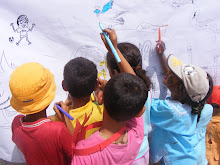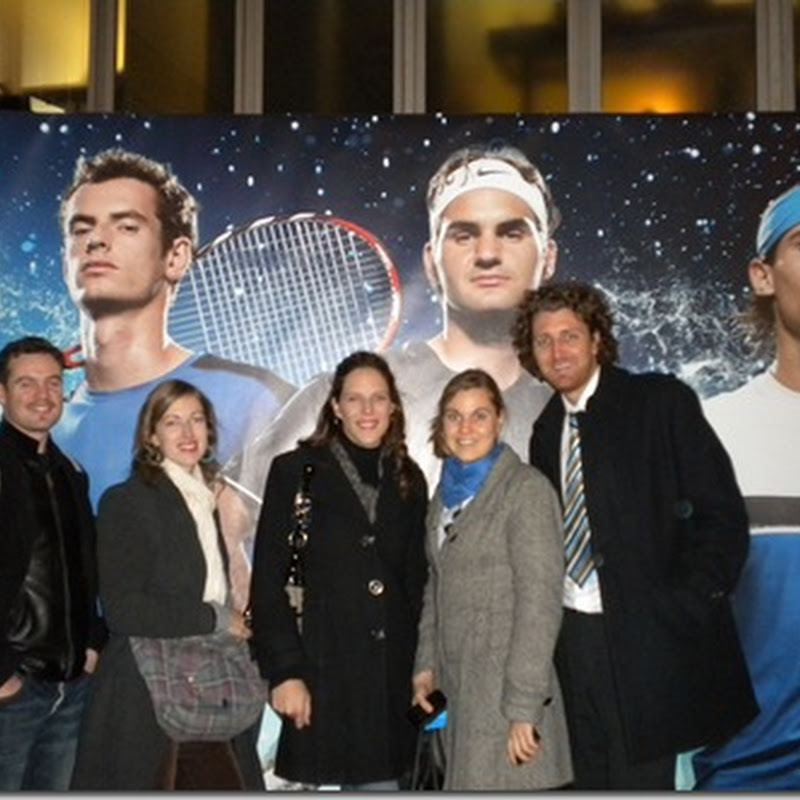The Bridge
Today’s class has served as a summary of all the material that we have been working on during the last month. Over this period we have been focusing on such things like:
- the responsibility of the monitor as a transmitter of knowledge, attitudes, and abilities,
- the monitor and the group
- how to perform an evaluation
- the difference in the capabilities of the individual versus the group
- communication,
- problem solving,
- team work,
- the role of the individual in society,
- and other basic concepts of sociocultural animation
The material during this first month is of utmost importance as it is going to serve as the guidelines that will carry us throughout the duration of the course.
As a final activity to recap all the learned during the last three weeks the instructor created an activity ,The Bridge, as a way to regroup all the material in a way that is entertaining, creative, and productive.
The Bridge works like this:
There are two villages. These two villages are separated by a river. This river has made communication between the two villages difficult, practically impossible. The students are divided into the two villages. Each village is given a carton box, scissors and two meters of string. The objective of the activity is to construct with the given materials a bridge that crosses the river. The two villages, of course, cannot communicate drectly with each other, each village is permitted to send two letters to the other village and permitted two meetings between the designated representatives of the two villages.
The activity demands concentration, dialogue between the group, team work, division of responsibilities, oral and written communication, not to mention some creativity. It was a fantastic way to bring to an end the first two parts of the course. In the end, both groups used the concepts learned in the first three weeks of class to solve the task and successfully completed the bridge although it wasn’t perfect it was strong enough to pass the test.
Village Number One

Village Number Two

The First Letter

Planning the bridge...

Meeting of the two villages

And Voila...The Bridge





